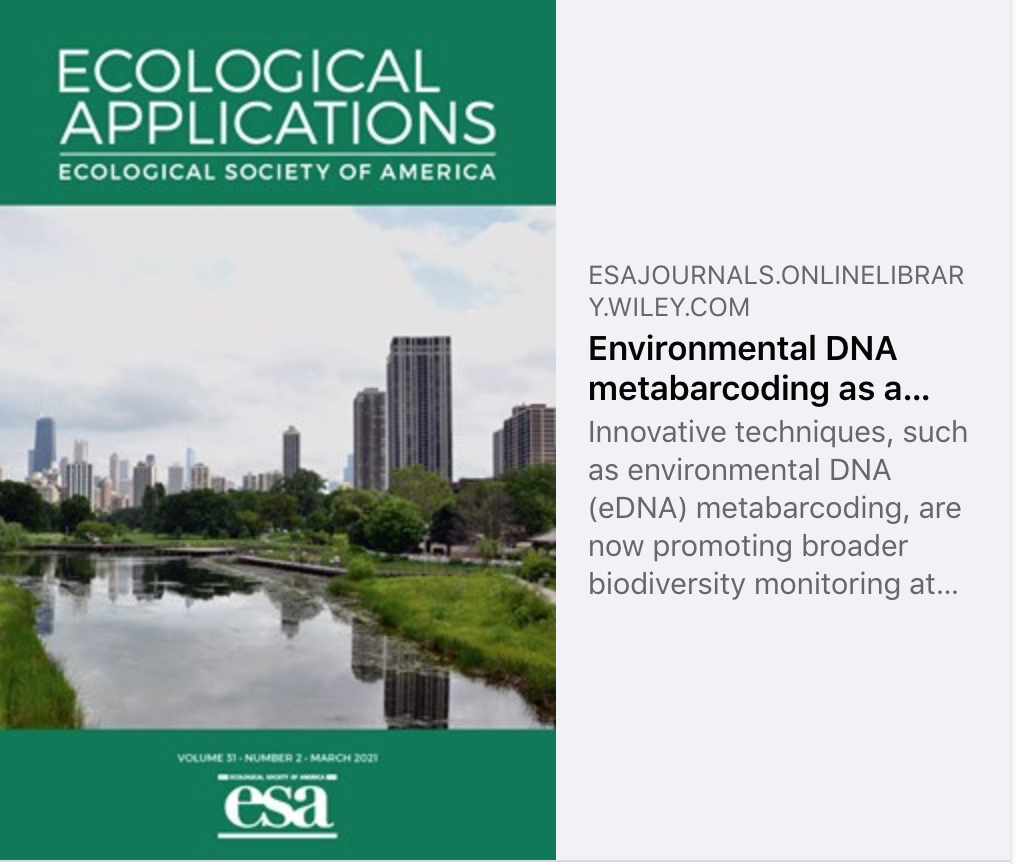Abstract
Innovative techniques, such as environmental DNA (eDNA) metabarcoding, are now promoting broader biodiversity monitoring at unprecedented scales, due to the reduction in time, presumably lower cost, and methodological efficiency. Our goal was to assess the efficiency of established inventory techniques (live‐trapping grids, pitfall traps, camera trapping, mist‐netting) as well as eDNA for detecting Amazonian mammals. For terrestrial small mammals, we used 32 live‐trapping grids based on Sherman and Tomahawk traps (total effort of 10368 trap‐nights); in addition to 16 pitfall traps (1408 trap‐nights). For bats, we used mist nets at 8 sites (4,800 net hours). For medium and large mammals, we used 72 camera trap stations (5208 camera‐days). We identified vertebrate and mammal taxa based on eDNA analysis (12S region, with V05 and Mamm01 markers) from water samples, including a total of 11 3‐km transects for stagnant water sampling and 7 small streams for running water sampling. A total of 106 mammal species were recorded. Building on sample‐based rarefaction and extrapolation curves, both trapping grids and pitfall were successful, recording 91.16% and 82.1% of the expected species for these techniques (~22 and ~9 species), and 16.98% and 6.60% of the total recorded mammal species, respectively. Mist nets recorded 83.2% of the expected bat species (~48), and 34.91% of the total recorded species. Camera trapping recorded 99.2% of the predicted large and medium‐sized species (~31), and 33.02% of the total recorded species. eDNA recorded 75.4% of the expected mammal species for this technique (~68), and 47.0% of the total recorded species. eDNA resulted in a useful tool that saves on effort and reduces sampling costs. This study is among the first to show the large potential of eDNA metabarcoding for assessing Amazonian mammal communities, providing, in combination with conventional techniques, a rapid overview of mammal diversity with broad applications to monitoring, management and conservation. By including appropriate genetic markers and updated reference databases, eDNA metabarcoding method can be extended to the whole vertebrate community.


Add the first post in this thread.